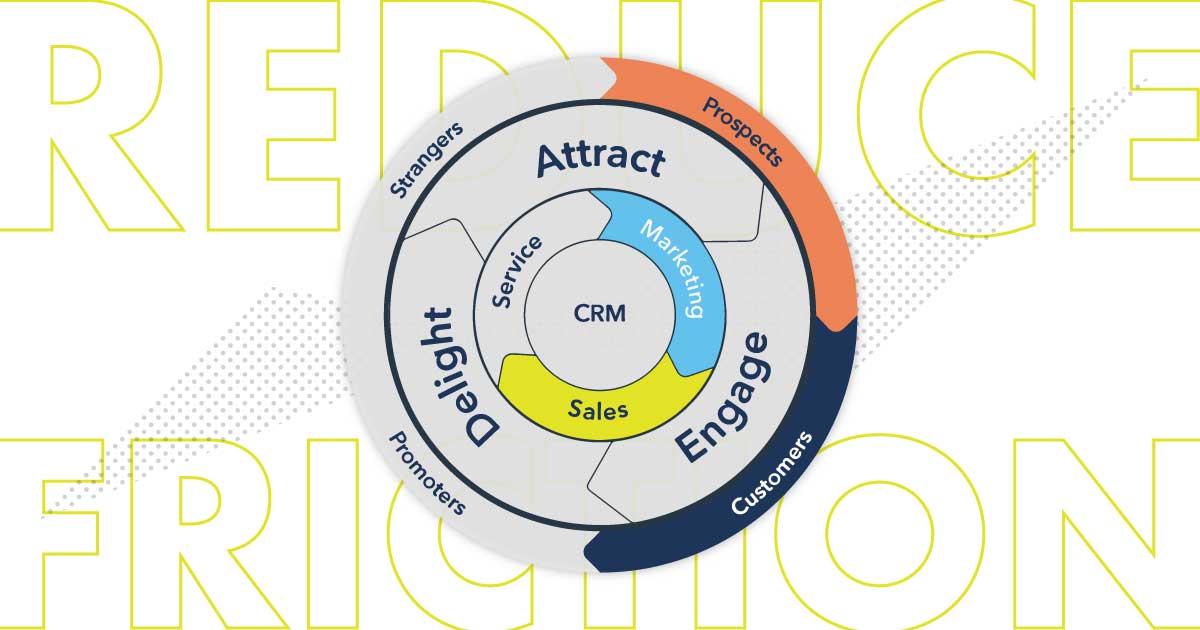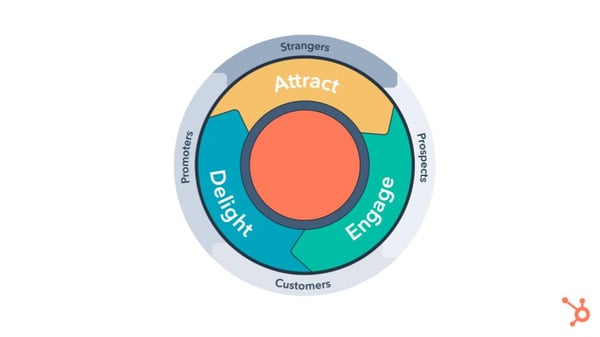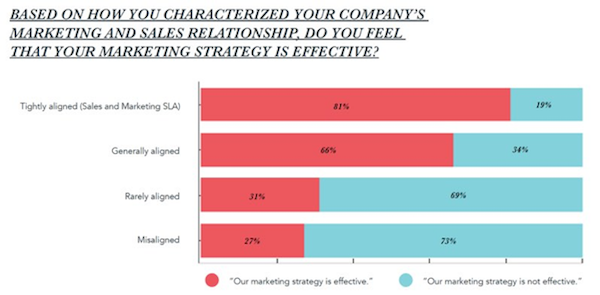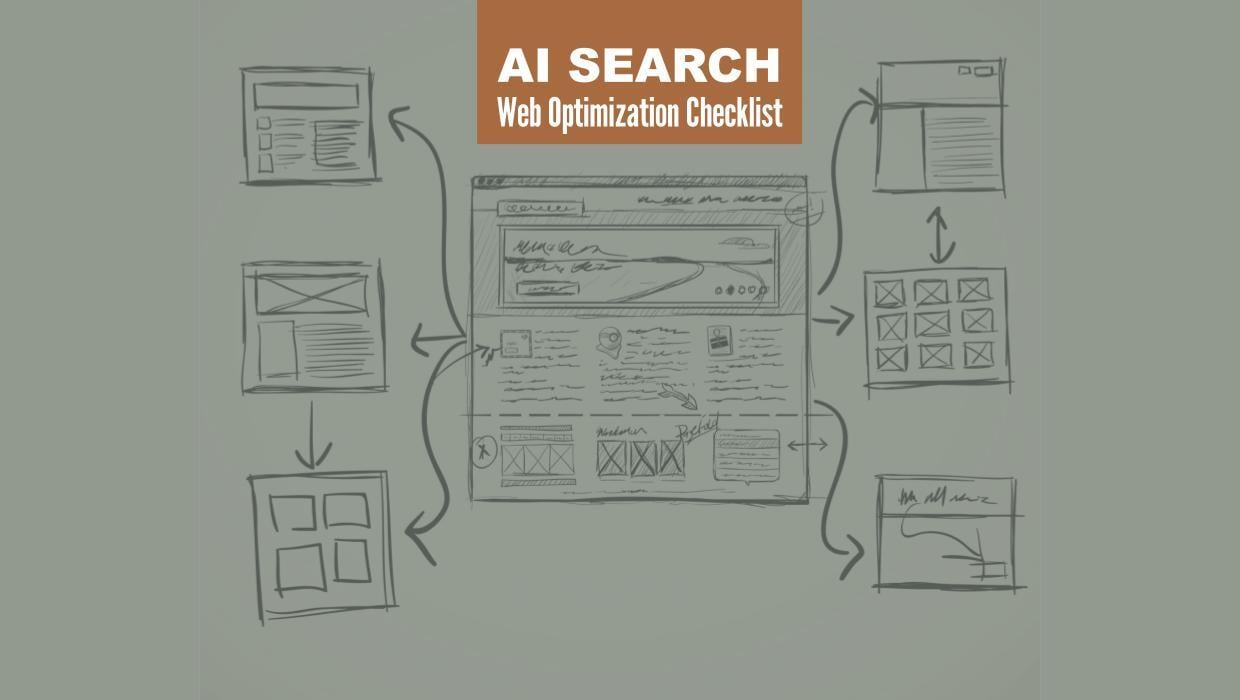Reducing Friction in the Sales Flywheel
Written by

We’ve written a lot about the inbound flywheel — what it is, how it frames the inbound methodology, and how identifying forces and friction within your flywheel can help you frame your marketing, sales and service efforts around your customers to grow your business. Your company’s marketing and sales flywheel should be a seamless and fluid experience for your team and your buyers. But there are likely areas of friction for both as a result of a poor experience for the buyer and/or the salesperson. Removing friction in the sales process is one of the biggest opportunities to improve inbound results — but it’s not simple to achieve because it requires deep collaboration and alignment across the organization.
 Don’t give up though! Here we’ll unpack what sales friction looks like and provide 5 key steps you can take to eliminate it.
Don’t give up though! Here we’ll unpack what sales friction looks like and provide 5 key steps you can take to eliminate it.
What Does Sales Friction Look Like?
- Sales reps are cold calling, leaving voicemails, and sending impersonal mass emails
- Sales meetings are harder to book, and prospecting emails are going unanswered
- Generic presentations are being given over and over, with poor closing rates
- Sales follow-up is ineffective, and leads sit in your customer relationship management (CRM) platform with no activity
- The sales cycle is way too long; deals aren’t closing
- Salespeople can’t get past objections and aren’t achieving sales and growth goals
- The team is wasting too much time qualifying leads
- The plethora of online information makes life easier for buyers, but salespeople feel like their job is getting more difficult
How Can Today’s Marketers Support Sales Process Improvements and Reduce Friction?
1. Get Buy-In
Consider how marketers have shifted to inbound marketing and away from old-school methods. Has your Sales team shifted their tactics to match the way prospects buy today and adopt the same inbound principles as marketing?
Buyer behaviors have changed, so why haven’t sales tactics?
You see the value of an inbound approach, but does your Sales team? Without their buy-in, your marketing efforts won’t go very far. It’s when Sales and Marketing work as a true team rather than in silos that the magic starts to happen.
 Source: The State of Inbound 2018, Hubspot
Source: The State of Inbound 2018, Hubspot
The State of Inbound 2018 report showed that when Marketing and Sales teams are aligned, everyone performs better. It also showed that aligned teams have higher customer retention and sales close rates.
Adopting an inbound sales methodology doesn’t mean your team needs to abandon the philosophies they already focus on (SPIN, Challenger Sale, Solution Selling, Consultative Selling, etc.). An inbound sales strategy complements them!
If your team doesn’t have a sales methodology currently in place, you’ll want to take a look at HubSpot’s inbound sales methodology as a starting point.
With these philosophies and an inbound mindset, Sales starts to look like this:
- Salespeople help, not sell. The more you give, the more you get
- Salespeople become credible and trusted advisors, building trust and confidence within their industry/space
- No more sales pitch! Salespeople uncover pain points — they become expert listeners, diagnosing and prescribing solutions
- Salespeople anticipate the next move, delivering relevant and timely content and advice instead of the dreaded “touching base” and “checking in” emails
Although it sounds like a no-brainer to embrace inbound sales in today’s world, many organizations don’t get past the first crucial step of getting full buy-in from the Sales team.
Use these tips to successfully introduce these concepts to your Sales team:
- Start with the “why.” Challenge your team/organization to think about sales process improvements in terms of disruption — a buzzword that has most people’s attention! How has your sales process been disrupted, and how should you respond?
- What’s in it for them? Focus on the benefits — increasing the number of qualified leads and reducing the number of cold calls will get their attention! An improved company reputation will, too.
- Address unknown fears. Change is difficult, especially when it’s not fully clear what that change is. Explain their role and leverage their knowledge. Show appreciation for how Sales adds value because they play a big role in the success of your inbound efforts.
- Skip the BS! Never sell a salesperson. Stick with straight talk.
- Provide access to training and resources to dig deeper and learn on their own.
2. Use the Right Sales Enablement Tools
Most organizations find that salespeople are spending more time with administrative tasks than they are actually selling — only 35% of their time is spent selling. Yikes! What can you automate to make your salespeople’s lives easier and the sales process more efficient, relevant, and valuable to today’s informed buyer?
Today’s B2B buyer doesn’t want one size fits all. They want an experience customized to them, and on their terms. Your salespeople need the tools to give customers what they want.
We’ve covered a few of these in a previous Weidert Group article, Marketing Tools for Sales Quick Wins, but here are a few to get you thinking:
- Lead intelligence, like visit or download notifications, social activity, etc.
- Calendar tools for booking meetings
- 24/7 chat functionality to be available on your buyer’s terms
- Email tracking
- CRM
- Digital asset management tools (a place for sales to easily access a knowledge base of helpful eBooks, sell sheets, specs, etc.)
Find out where the friction points are for your salespeople — what’s draining their time or slowing down the process? Likewise, what’s negatively impacting your buyer’s experience? Get the right tools and technology in place before going any further.
Related: What is Sales Enablement in B2B Inbound Marketing?
3. Align With the Buyer
There’s a difference between your ideal buyer profile and a buyer persona. Your ideal buyer profile is your market, whereas your buyer personas are your prospects. Both need to be a fit. Start with understanding whether the company is a fit, then focus on the buyer to understand the person, not just a profile. We do still sell to humans after all, right?
Next, work toward understanding where they are in the buyer’s journey:
- Is the buyer in the awareness stage, trying to determine the problem or looking for ideas?
- Is the buyer in the consideration stage, learning about alternatives to solve their problem?
- Is the buyer in the decision phase, ready to buy?
Consider what the experience is like from the perspective of the buyer — buyer-centric or sales-centric?
Typically, the approach of sales is to move a potential buyer through the sales process, which is focused on the seller, not the buyer. With inbound sales, knowing when to connect and how to add value will be much more successful because the buyer’s journey is top of mind. Your sales process needs to align and keep pace with the buyer’s journey or you’ll lose them!
Here’s an example of a buyer’s journey for a medical equipment manufacturer:
Decide the right time to connect with the buyer and set up marketing automation to hand off leads at that point. Hint, it’s probably not after the buyer downloads one awareness-level piece of content from your site.
Sales needs to know what the buyer’s been doing on your site and which blogs and content pieces they’ve viewed to gain insights into their needs and interest level and serve as a conversation starter.
If the buyer is in the consideration stage, for example, Sales can share content and help the buyer explore the pros and cons of the alternatives being considered.
Once the buyer is in the decision stage, the salesperson can shine most as an advisor with personalized and tailored presentations, putting all the pieces together for the buyer, focusing on ROI analysis, case studies, finding the right partner, etc.
4. Establish a Marketing & Sales SLA
Being aligned with the buyer doesn’t happen without Sales and Marketing alignment. From our experience, the easiest way to achieve this is with a Marketing and Sales Service Level Agreement (SLA).
The SLA starts with the shared goal of the two teams (increase new customer acquisition revenue by X, for example) and then goes into detail on how each team will get there and what each team will be accountable for. Then meet regularly to discuss progress toward that goal and share feedback both ways.
RELATED:
7 Components of a B2B Sales & Marketing Service Level Agreement (SLA)
Start simple, but continue to expand upon your SLA as time goes on. You’ll know you’re making progress when:
- Regular Sales and Marketing meetings take place and feedback is shared both ways. One of our clients has seen success with this and calls them “Smarketing” meetings
- Lead intelligence helps Sales close more deals and have better conversations
- Sales and Marketing work together to create content, evaluate lead scoring metrics, and update buyer personas
- You think creatively about how to approach opportunities together in an inbound way — for upcoming trade shows, for example
- Marketing generates the quantity and quality of leads Sales needs to satisfy growth goals
- Sales has increased closing rates and customer retention rates
- Your shared goals are achieved!
5. Measure & Learn
Lastly, like anything else, continuous learning and a focus on continuous improvement is key. Friction in your sales process won’t go away overnight and you’ll need to continue to analyze so you can identify forces that are working (to do more of them) and friction that needs addressing.
If you’re a HubSpot customer, you have access to HubSpot Academy, which is full of great courses and certifications for you and your team. Continuous learning will undoubtedly happen during your own “Smarketing” meetings if you’re doing them right. And don’t forget about new additions to your team; one of our clients has “inbound” training built into its onboarding process for all new hires — because in the inbound flywheel, marketing, sales and service all play equal parts.
Things you measure tend to improve. These days, sales is more of a science in combination with great skills. Salespeople need to measure prospects' activities that impact revenue, and content plays a crucial role. A robust customer relationship management (CRM) platform is critical for tracking buyer activities and seeing which content is working.
To learn more about your entire flywheel and identify and prioritize the most impactful ways marketing, sales, and service can grow your business, check out our Inbound Flywheel Overview & Workbook below.
Subscribe To Our Blog
Information. Insights. Ideas. Get notified every time a new Weidert Group blog article is published – subscribe now!
You May Also Like...

Search Engine Optimization
Optimize Your Industrial Website for AI Search

Marketing Technology
Why Unified Data Efforts Fail (and How Manufacturers Can Fix It)

Search Engine Optimization
How Falcon Rebuilt Industrial AI Search Visibility in 2025
Accelerate Your Growth with
Weidert Group
If you’re ready to explore a partnership, request a personalized consultation with our team.
